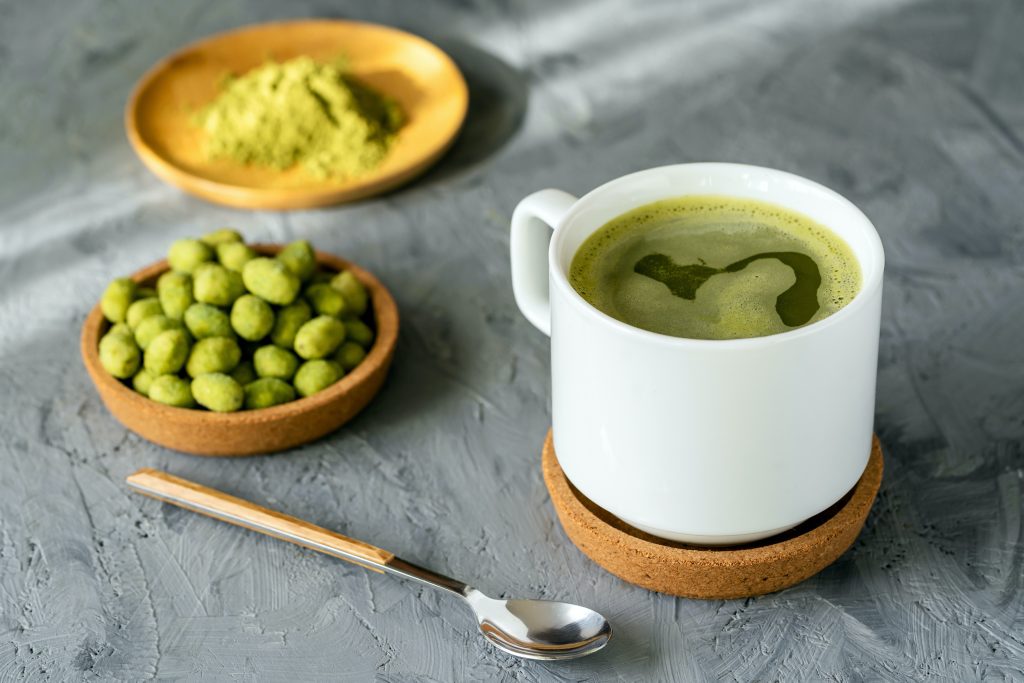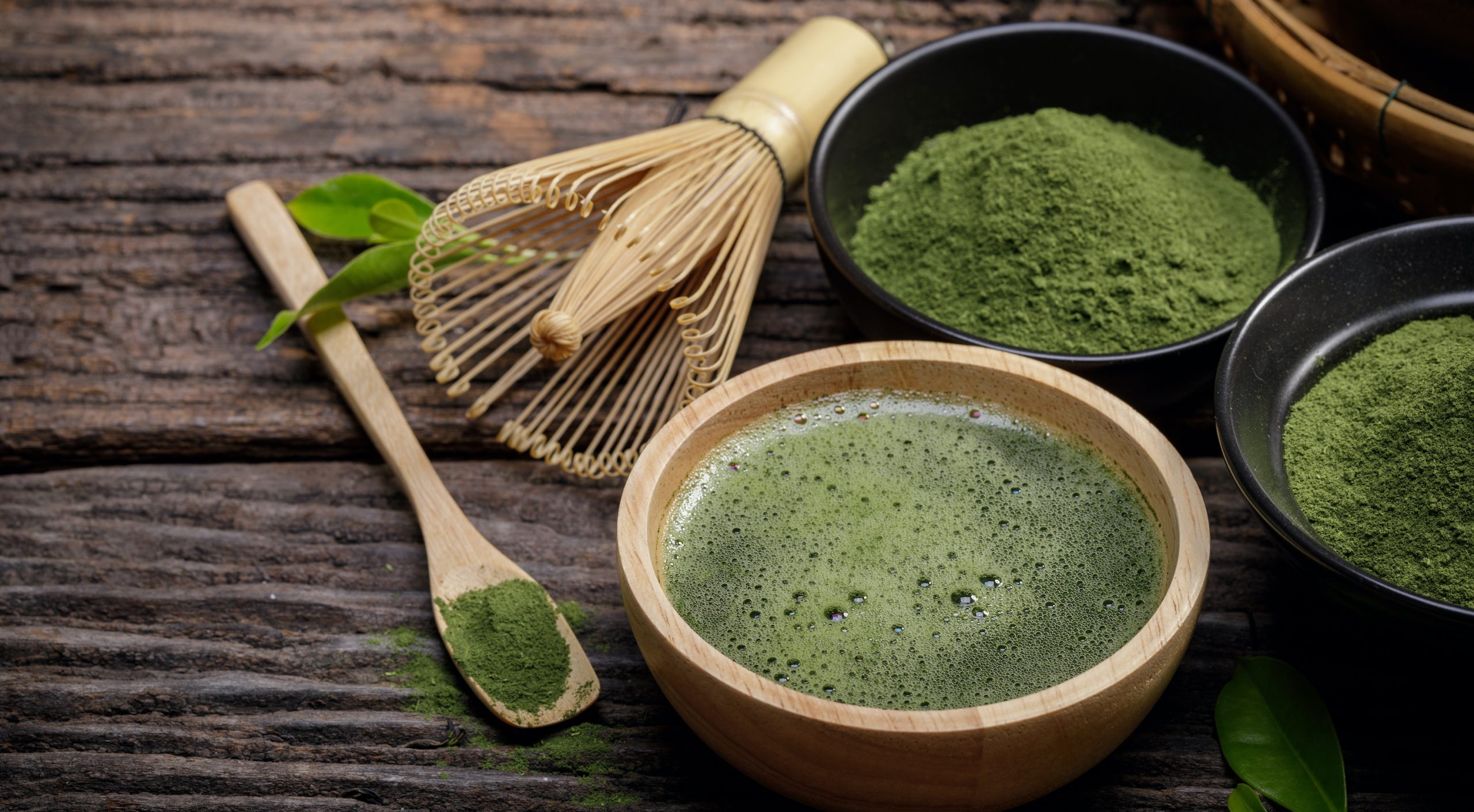Matcha is one of Japan’s most iconic ingredients—vibrantly green, rich in taste, and deeply rooted in tradition. From centuries-old tea ceremonies to modern cafés, Matcha offers a sensory experience that connects flavor, mindfulness, and culture.
In this guide, you’ll learn what Matcha is, how to enjoy it at home, where to buy it, and where you can try authentic Matcha experiences during your trip to Japan.
What is Matcha? Understanding the Green Treasure of Japan
Matcha is not just powdered green tea—it’s an experience. It’s made by finely grinding specially grown tea leaves into a bright green powder, whisked into water to create a smooth, frothy drink.
This tea has been part of Japanese culture for centuries, offering a blend of flavor, ritual, and seasonal appreciation.
Types and Features of Matcha
Before you make your first bowl or buy your first tin, it’s helpful to know the different types of Matcha and what sets them apart from other teas.
Matcha is made from shade-grown tea leaves known as tencha, which are steamed, dried, and stone-ground into fine powder. This process gives it a rich umami taste and higher levels of chlorophyll and theanine.
Two Main Grades of Matcha
Matcha is typically categorized by its intended use. Here are the two main grades to help you choose what suits your needs:
- Ceremonial Grade Matcha:
Used in traditional tea ceremonies. It has a delicate, smooth flavor with natural sweetness and a bright green color. - Culinary Grade Matcha:
Slightly more bitter and robust in flavor, this type is perfect for lattes, desserts, and blended drinks.
How to Prepare and Enjoy Matcha at Home

Drinking Matcha is about savoring the moment. While the tea ceremony can be formal, making Matcha at home can be simple and enjoyable with just a few tools.
Tools You’ll Need
- Chawan (Matcha bowl)
- Chasen (bamboo whisk)
- Chashaku (bamboo scoop) or a teaspoon
- Sifter to avoid clumps
- Hot water (70–80°C / 158–176°F)
Now that you’ve mastered how to make a basic bowl of Matcha, let’s explore some simple ways to make it a regular part of your daily routine—seasonal ideas, pairings, and more.
Step-by-Step: How to Make Matcha
- Sift 1–2 grams of Matcha powder into the bowl.
- Pour about 60–70 ml of hot water into the bowl.
- Whisk quickly in a zigzag (“M” or “W”) motion using the chasen until a frothy layer forms.
- Enjoy right away while the foam is fresh.
Tips for Enjoying Matcha Daily
- Start Your Day: Replace your morning coffee with a calming Matcha ritual.
- Seasonal Twists: Try iced Matcha in summer or mix with warm soy milk for a winter treat.
- Creative Pairings: Combine with roasted nuts, seasonal fruits, or traditional Japanese sweets.
How Matcha Differs from Other Japanese Teas
Japan produces many types of green tea, but Matcha stands out for its unique preparation and consumption.
| Tea Type | Processing | Form | How It’s Consumed |
| Matcha | Shade-grown, stone-ground | Powder | Whisked with hot water |
| Sencha | Outdoor cultivation, steamed | Loose leaf | Steeped in water |
| Gyokuro | Shade-grown, steamed | Loose leaf | Steeped, rich in umami |
| Hojicha | Roasted green tea | Loose or powdered | Steeped |
The better the matcha, the more flavorful and sweeter it will be.
Nutrients in Matcha and How to Enjoy It Daily

Matcha contains naturally occurring compounds that make it a favorite in both traditional and modern lifestyles:
•Theanine – said to increase GABA
•Caffeine – said to wake you up refreshed
•Catechin – said to have antioxidant properties
Matcha doesn’t claim to have any health benefits, but it’s an essential part of a mindful lifestyle, bringing moments of calm and relaxation during busy days.
Where to Buy Matcha: Best Places in Japan and Online
Whether you’re in Japan or abroad, here are reliable sources for high-quality Matcha:
*In Japan: Specialty tea shops, Department stores, Local tea markets
*Online:Japanese retailers, Global brands
💡 Choose vibrant green powder, avoid yellowish tones, and check origin labeling for authenticity.
Recommended Spots to Enjoy Matcha While Traveling in Japan
Matcha × Dagashi Workshop Experience (Our Exclusive Program)
We offer a unique hands-on experience where you can learn how to make Matcha and traditional Japanese sweets (Wagashi) during your visit to Japan. This program allows you to experience Japanese culture through taste and tea—no prior experience needed!
What You’ll Experience:
- Learn how to whisk authentic Matcha using traditional tools
- Make nostalgic Japanese sweets (Wagashi) from scratch
- Enjoy your creations with freshly prepared Matcha
Perfect For:
- Matcha beginners
- International visitors
- Travelers interested in Japanese food and culture
Location:
Kyoto area (Near Nishiki Market)
📝 For details and reservations, see the “Program Info & Booking” section at the bottom of this article.
Final Thoughts: Matcha Is More Than a Drink
Matcha is a flavorful way to connect with Japan’s culture, history, and sense of seasonality. Whether you enjoy it at home or while traveling, it offers a moment of peace and reflection in every cup.
📩 Stay Inspired: Learn More with Us!
Love Matcha? Curious about Japanese fermented foods and traditional cooking? Subscribe to our free newsletter to get seasonal tips, cultural guides, and more Matcha ideas delivered straight to your inbox.
” 耀 Hikari ” – gastronomy
🧳 Want to go deeper?
Join our Japanese Cooking Study Program—a hands-on course in Japan where you’ll explore fermentation, traditional techniques, and authentic Matcha culture.
留学サービス

No responses yet